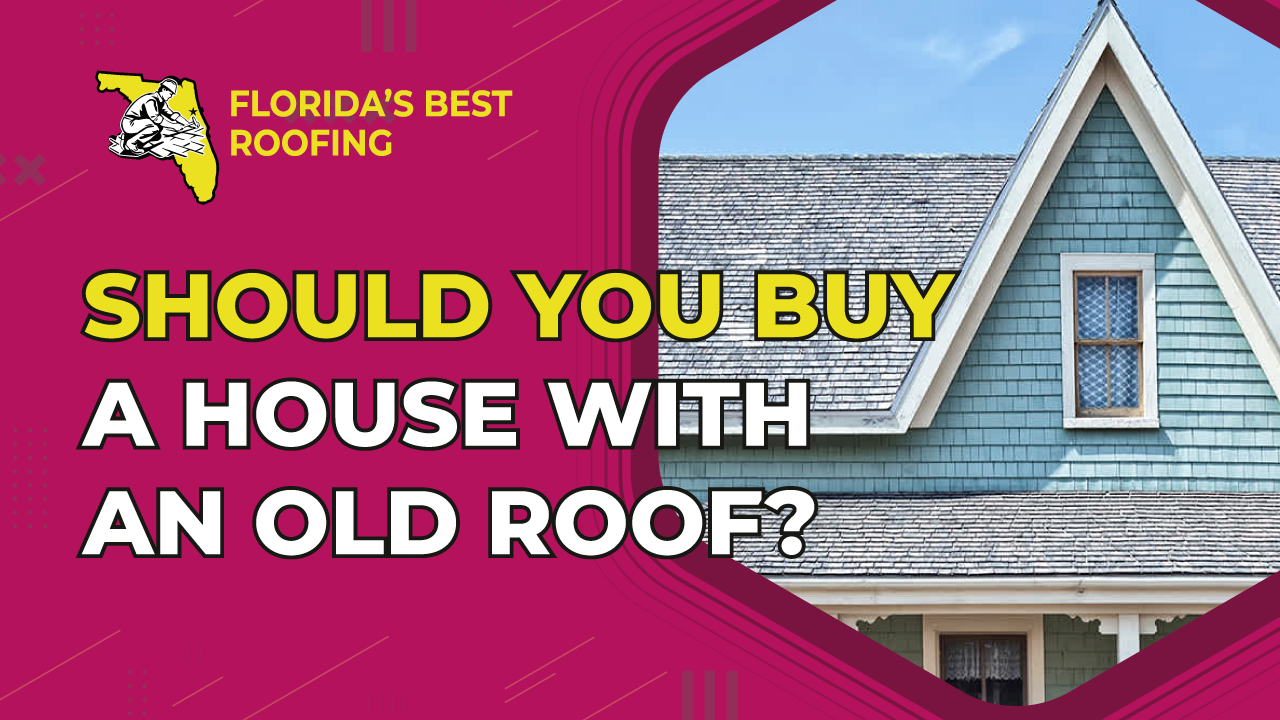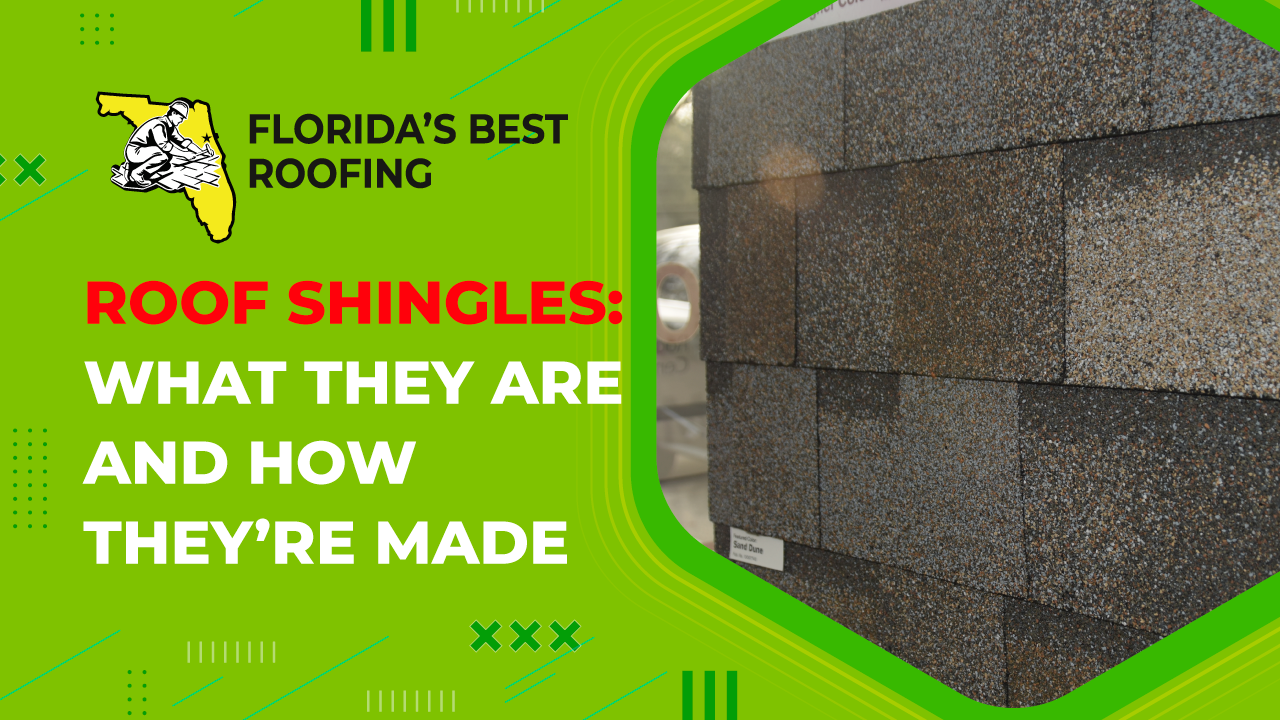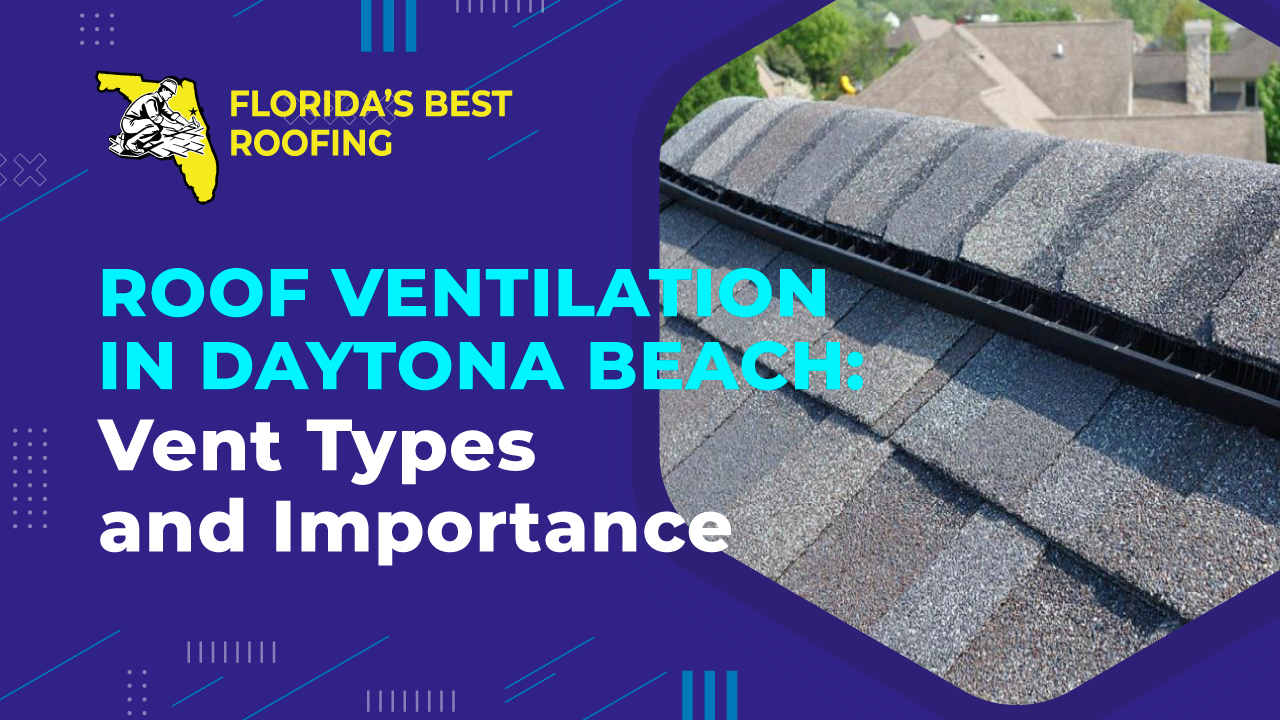The Hidden Hazards of Water Damage in Daytona Beach and St. Augustine
With the frequent rainstorms in Daytona Beach and St. Augustine, it’s crucial to keep an eye out for leaks in your home. Regularly inspecting your ceilings can help you catch leaks early and avoid serious issues. Water damage isn’t just an inconvenience—it poses significant risks to the safety and livability of your home.
While some home improvement tasks, like replacing old carpet or fixing a squeaky door, can be postponed without major consequences, leaks are a different matter. Even minor leaks can escalate quickly, leading to expensive structural damage and health hazards. Here’s what homeowners in Daytona Beach and St. Augustine need to know about the dangers of water damage and why it should never be ignored.
Common Causes of Leaks
Roof leaks can result from various issues, including storm damage, falling debris, hail, or even poor initial installation. In coastal areas like Daytona Beach and St. Augustine, where weather conditions can be harsh, roof maintenance is even more critical. Regular inspections can help identify vulnerabilities before they become problematic, especially given that most roofs are designed to last only 20 to 30 years with proper upkeep.
Unexpected Consequences of Water Leaks
Water damage can have many hidden impacts on your home beyond the obvious structural issues. Here are some lesser-known consequences of unchecked leaks:
- Higher Utility BillsWhen water enters the attic, it can damage insulation, compromising your home’s energy efficiency. Wet insulation loses its ability to regulate temperature, leading to higher heating and cooling costs as your HVAC system works harder to maintain comfort. This is particularly problematic in humid areas like Daytona Beach and St. Augustine, where prolonged wet conditions can prevent insulation from drying out.
- Interior Mold and MildewOne of the most serious consequences of water damage is mold growth, which can become a major health hazard. Once mold takes hold, it can spread through the home’s structure and HVAC system, affecting walls, carpets, ceilings, and even furniture. Black mold, commonly resulting from water damage, can cause respiratory issues, especially for those with asthma or other underlying health conditions. Mold remediation is costly and requires professional intervention.
- Fire HazardsWater leaks in ceilings and attics can also reach electrical wiring, posing a significant fire risk. This is especially concerning in older homes in Daytona Beach and St. Augustine, where wiring may already be outdated. If you suspect a leak near electrical components, it’s critical to turn off the power to the affected area and consult a professional immediately.
- Attic and Ceiling DamageLeaks will first damage the wood in the attic and then the ceiling itself. If you use your attic for storage, your belongings are also at risk. Water can stain ceilings, create bubbles in plaster, and cause paint to peel. If left unaddressed, the damage will spread to walls, affecting insulation, drywall, and structural beams, resulting in costly repairs.
- Compromised Structural IntegrityStructural elements like rafters, joists, and fascia boards are all vulnerable to water damage. Initially, the damage might appear superficial, but continued exposure can lead to rot and weakened wood. Repairing these components can be expensive, especially with current high lumber prices. Prolonged neglect could lead to severe structural issues, compromising your home’s safety and even risking collapse.
Don’t Ignore Leaks—Act Fast!
Leaks should never be ignored. The sooner you address the issue, the less damage it can cause. At the first sign of a leak, contact a professional roofer to inspect your home, identify the source, and recommend solutions.
If you live in Daytona Beach, St. Augustine, or the surrounding areas, Florida’s Best Roofing is here to help. We offer free estimates and expert inspections to keep your home safe from water damage. Call us today at 386-263-7906 to schedule your consultation!












